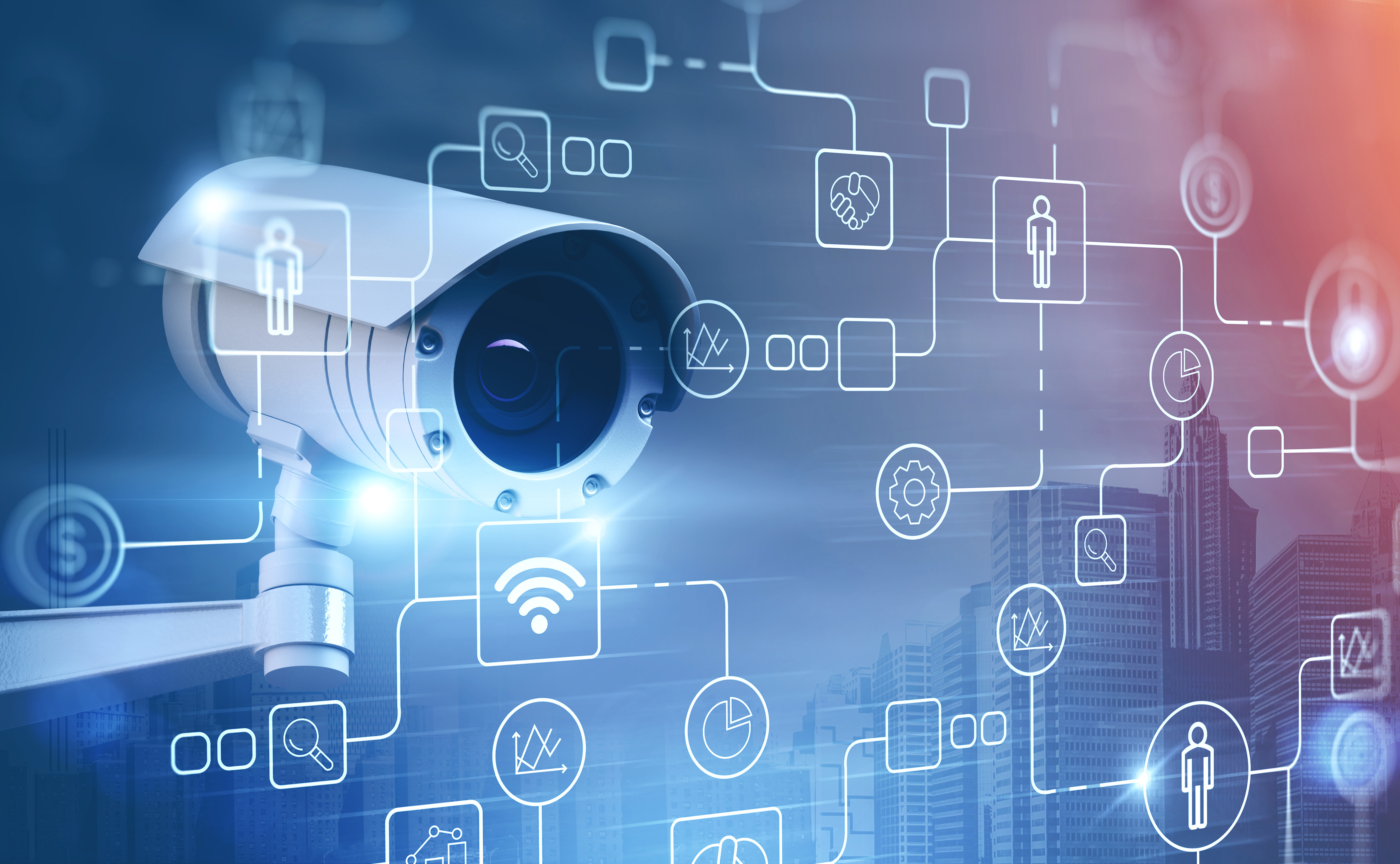
How Surveillance Supports Claims Validation and Risk Mitigation
Organizations are under mounting pressure to validate claims accurately and mitigate potential losses. Surveillance, when used ethically and legally, is a powerful tool in achieving these goals. From insurance fraud detection to workplace safety monitoring, surveillance technologies offer a strategic advantage in protecting assets, ensuring compliance, and maintaining trust.
The Role of Surveillance in Claims Validation
Claims validation is a crucial process in industries such as insurance, healthcare, and legal services. The goal is to ensure that claims are legitimate, accurate, and supported by evidence. Surveillance plays a pivotal role in this process by:
- Providing Objective Evidence
Surveillance footage or data can offer an unbiased account of events. Whether it's a slip-and-fall incident in a retail store or a vehicular accident, video evidence can corroborate or contradict witness statements and the claimant's account.
- Detecting Fraudulent Activity
Fraudulent claims cost businesses billions annually. Surveillance helps identify inconsistencies in reported injuries or damages. For example, a claimant alleging a debilitating injury might be found engaging in activities that contradict their claim.
- Accelerating Investigations
With real-time or recorded surveillance, investigators can quickly access relevant footage, reducing the time and resources needed to validate a claim. This helps provide a quick resolution and ultimately improves customer satisfaction.
Surveillance as a Risk Mitigation Strategy
Beyond validating claims, surveillance is a proactive tool for identifying risks before they escalate into costly incidents.
- Enhancing Workplace Safety
Monitoring high-risk environments—such as construction sites or manufacturing facilities—can help identify unsafe behaviors or conditions. This allows for timely interventions, reducing the likelihood of accidents and associated claims.
- Deterring Malicious Behavior
Visible surveillance systems act as a deterrent against theft, vandalism, and other malicious acts. When individuals know they are being monitored, they are less likely to partake in risky or illegal behavior.
- Supporting Compliance and Training
Surveillance can be used to ensure compliance with safety protocols and operational procedures. It also provides valuable material for training programs, helping employees learn from real-world scenarios.
Ethical and Legal Considerations
While surveillance offers significant benefits, it must be implemented responsibly. Organizations should:
- Comply with privacy laws and regulations (e.g., GDPR, HIPAA)
- Inform stakeholders about surveillance practices
- Use surveillance data solely for its intended purpose
- Ensure data security to prevent unauthorized access
Transparency and ethical use are key to maintaining trust and avoiding legal repercussions.
Conclusion
Surveillance, when used judiciously, is a powerful ally in both validating claims and mitigating risks. It provides clarity in complex situations, deters fraudulent or unsafe behavior, and supports a culture of accountability. As technology continues to grow, organizations that utilize surveillance strategically will be better equipped to protect their people, assets, and reputation.
Ready to get started?
Contact our team at info@ipmg.com.


